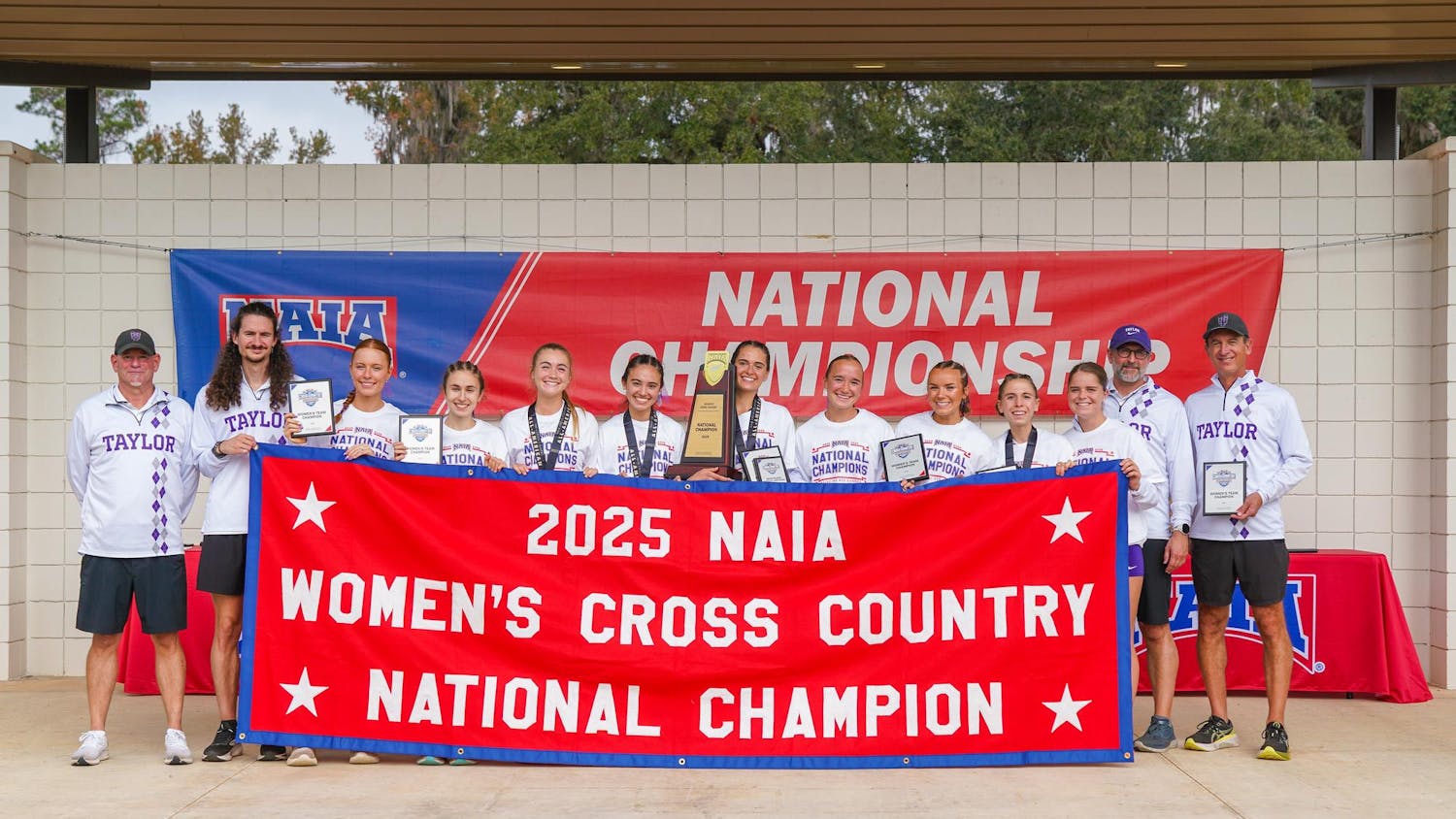Kia Apple | Contributor
My label as "the girl who randomly passes out" is more popular than my own name on this campus. While the description is not entirely medically accurate, it's a rough sketch of a disorder I developed at the beginning of my freshman year ('17) at Taylor University.
Through my ordeal, a question arose - why aren't there more visible and severe disabilities represented in Taylor's community or on campus? The increase in reported documented disabilities at colleges furthers the need to have a reputable plan to serve students with diverse physical, sensory, learning, neurological, intellectual and mental health challenges. Before I proceed in this series, I want to clarify that I am not pointing out culprits and victims here, but I want to bring awareness to my community that I hope will encourage growth.
The first hurdle to attending Taylor is the cost, which is $45,255 without any financial assistance. While approximately 98 percent of students do not pay full price, it can still be an obstacle for students with disabilities due to their extra costs of living.
While Taylor is required by law to follow the American with Disabilities Act (ADA) and is compliant, that doesn't indicate that the university is disability friendly. Sadly, it's not uncommon for colleges to limit where students with disabilities are able to live, work and socialize on campus.
In regard to the physical setting at Taylor, buildings constructed before the ADA are required to remove barriers to accessibility but there is still a lack of updated elevators and accessible dorms. Elevators in the Dining Commons (DC), Reade and Ayres are claustrophobic, slow and not large enough to fit an ambulance gurney. Because of this issue, I have been carried down the stairs at least three times by EMTs, police and professors.
When I lived in an ADA compliant room in Bergwall and was in a wheelchair, I could choose between going through the men's floor or outside down a steep slope to the side of the building to access the elevator that isn't always functioning. Even when ramps are available, sharp turns and the narrow width can be barriers, and I have been informed that a number of handicapped door openers don't work or correlate to the door by which they are located.
"The deterioration of the sidewalks are extremely dangerous for anyone who is permanently or temporarily disabled and using medical equipment," Abriana Carnes, a freshman who was temporarily disabled this past fall, said.
While she was using a knee walker, the condition of the sidewalks caused her to crash multiple times, almost causing her injury to worsen and increase her recovery time.
Overlooking accessibility in the classroom is too frequent, whether it is the physical space or how information is presented.
For the hard of hearing and visually impaired students, this may mean describing photos and formulas presented, including Braille on flyers and checking that websites are accessible. Conditions like dyslexia, color blindness, limited motor skills and epilepsy should also be considered when developing and updating websites and apps, such as Taylor Mobile, Eatable and Handshake.
"It is a very good emphasis and one that fits our Bedi Center for Teaching and Learning Excellence (BCTLE) perspective on the importance of meeting the diverse educational needs of our student population," Kevin Diller, associate professor of philosophy and religion said.
Students who are not able to stay on campus because of their health can face issues in finishing their classes online, which results in wasted time and money. Hurdles I have encountered when transitioning online include one class not viable online, difficulty acquiring the software needed to complete my assignments and information outdated or inaccurate.





